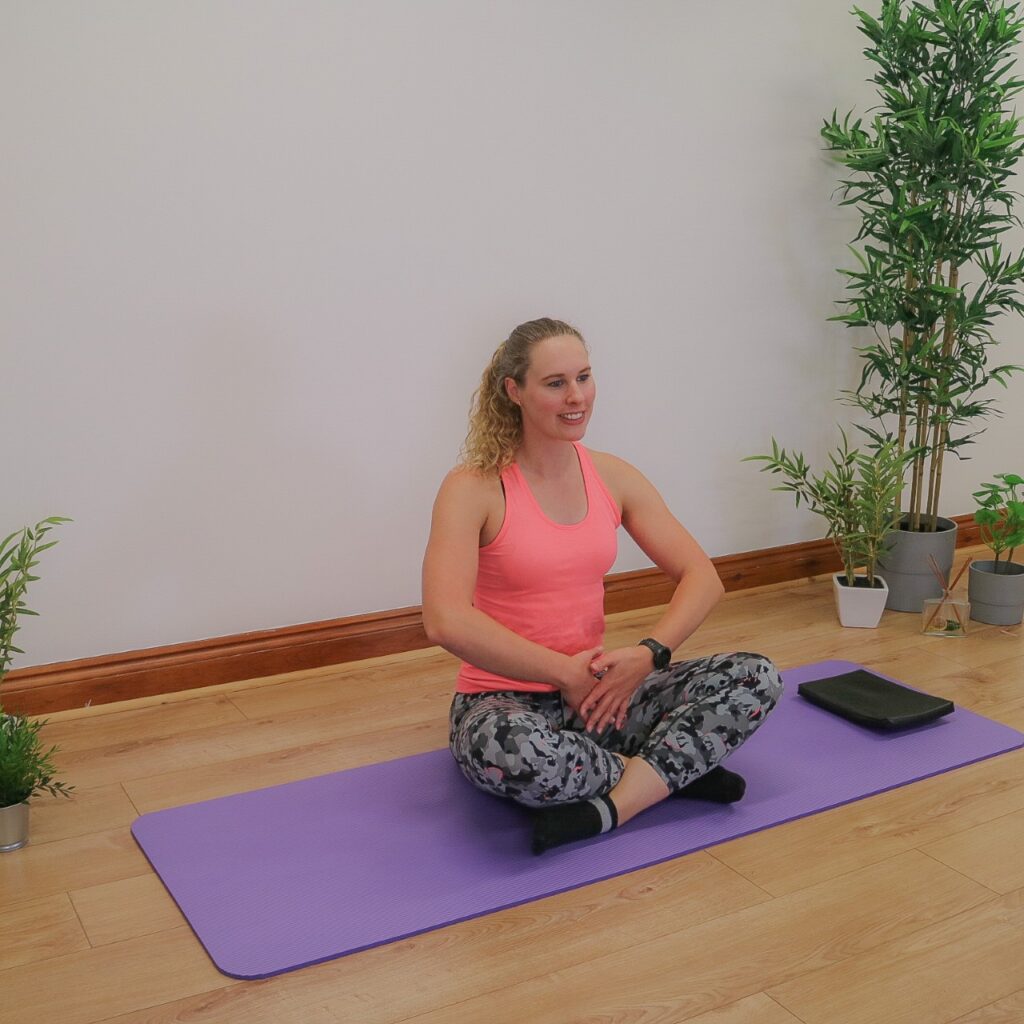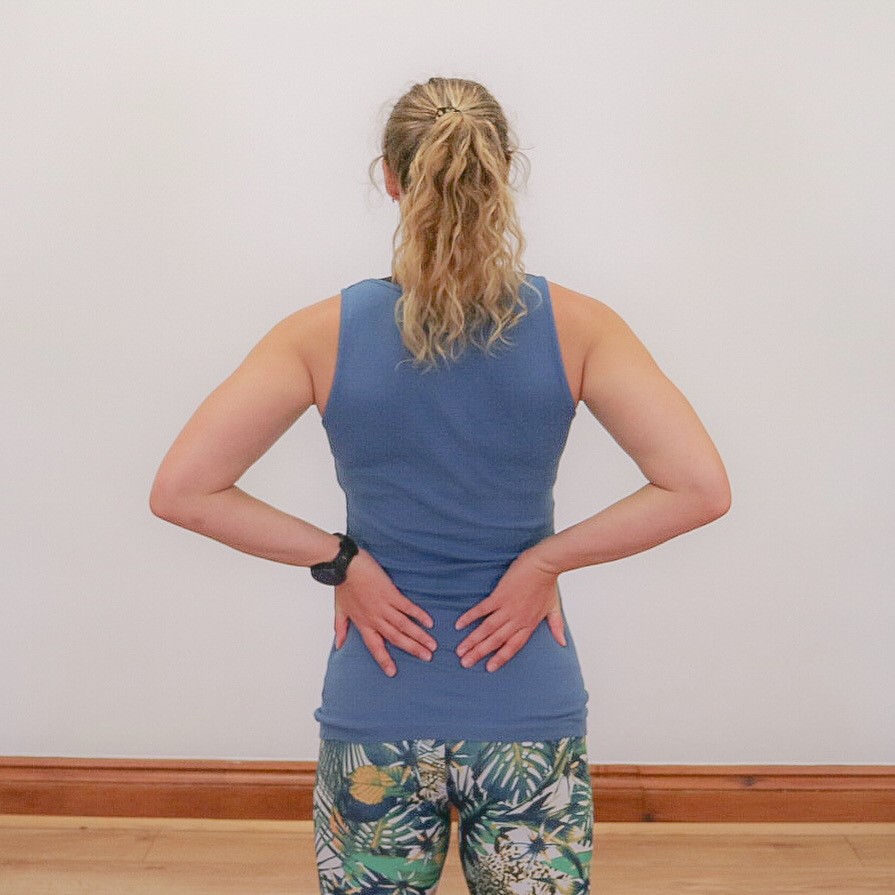Experiencing pregnancy, labour, and the birth of your baby means your body’s gone through an awful lot! And now that your baby is here, it’s so hard to find time to address any issues that might be bothering you after having your little one. So, what are the benefits of postnatal Pilates, and is it something that’s worth fitting into your busy new mum life?
Some of the women I see for MummyMOTs are itching to get back to exercise after having their baby, but aren’t sure of a safe place to start. Others don’t have exercise quite so high on their priority list, but feeling weak, and noticing changes in their stomach and pelvic floor muscles means they know they need to be doing something to get their bodies feeling more normal again!
Pilates can be such a fantastic way to ease yourself back into exercise after having your baby. There are a wealth of benefits to aid your postpartum recovery. Here are a few of them!
Postnatal Pilates will improve your strength
Throughout pregnancy, your core muscles have been stretched, whilst working hard to support your baby. Your whole body has worked hard to deliver your baby. And it’s also likely that you reduced the amount and intensity of exercise you were doing as your pregnancy progressed. This means your body has been through an awful lot, and probably isn’t feeling as strong as it was before pregnancy.
Pilates can be a great option to improve your overall strength. We also do plenty of exercises that target our core muscles, which are likely to have been most affected from pregnancy & birth.
If you had a c-section you might find it especially hard to get your lower abdominals working again, due to experiencing major surgery. But don’t worry, it’s totally possible to regain your abdominal strength! Pilates exercises can help you strengthen this area of your body, as well as getting it moving in a normal way again, meaning you’re likely to have less issues such as tightness, tenderness, and pulling on your scar as your body recovers.
By giving Pilates a go, your whole body will start to feel stronger again!
Reduce abdominal separation by giving postnatal Pilates a go
Abdominal separation, or diastasis recti, is present in 100% of women who reach 35 weeks pregnant. This means abdominal separation is a normal part of pregnancy, so don’t let it worry you! Diastasis rectus will often resolve itself 6 to 12 weeks postpartum, but this doesn’t always happen. If you’re still noticing abdominal separation, don’t worry!
Abdominal exercises are not prohibited or unsafe for women with diastasis to complete. But completing the correct level & difficulty of exercise with good technique is important in the recovery & improvement of diastasis.
In Pilates, there is a strong focus on technique, and different levels of exercises are given to allow you to progress to the level that challenges you, meaning you get optimum benefit!
Use postnatal Pilates to improve your pelvic floor strength
Pelvic floor symptoms such as leaking, pain, and heaviness are common postpartum, but they aren’t normal! If these symptoms persist more than 6 weeks after having your baby, please go and see a women’s health physio (such as myself) to get yourself checked out as you may need an individualised treatment programme.
However, there are often ways you can work on symptoms yourself. Knowing how to engage & relax your pelvic floor muscles, getting them working for a prolonged period of time, and engaging them whilst doing functional movements will help improve the strength & endurance of your pelvic floor muscles. This is one of the strong focuses in postnatal Pilates sessions.
Improve your posture & reduce your back pain
Throughout pregnancy, your posture will have changed due to the weight of your growing bump. After having your baby, it’s likely your activities and usual positions have changed, as you’re spending time feeding, changing, and bathing your baby. Getting your baby in and out of the car can also be a really awkward thing to do, meaning you end up lifting your baby when you’re in a really uncomfortable position.
These changes in posture and activity often cause back, neck, and shoulder discomfort. In Pilates, we work on restoring muscle balance, helping you return back to your body’s natural neutral posture. We also work on strength, endurance, and complete stretches to target your back, neck and shoulder muscles.
Improve your wellbeing & confidence with postnatal Pilates
To quote Legally Blonde, “Exercise gives you endorphins. Endorphins make you happy!” Easing yourself back into a form of exercise that you know is safe for your body to do will make you feel better! Not only due to the endorphin release, but being reassured you’re following postnatal-safe exercises will help you regain confidence in your body again. It’s totally normal for your body to feel really different after having a baby, and for your life to feel like it’s been turned upside down. Making a start at some regular Pilates sessions is often the first step my clients take back into doing exercise again, to get them on the path to feeling a little more like their old selves again.
This makes Pilates a great option for your mind as well as your body, to help with your postnatal recovery journey.
If you would like to give postnatal Pilates a go, I have created From Bump back to You, an online on demand 6 week course you can follow along with at home, at a time to suit you. You can find out more about it by clicking here.
If you need help with your recovery after childbirth, then I’d love you to join my mailing list, where I send out free weekly tips on postnatal recovery & improving your pelvic health. If you enter your details below, you’ll also be sent my free download, my 12 week guide to help you recover from childbirth:
Please note that by entering your details you are signing up to my mailing list, from which you can unsubscribe at any time.




